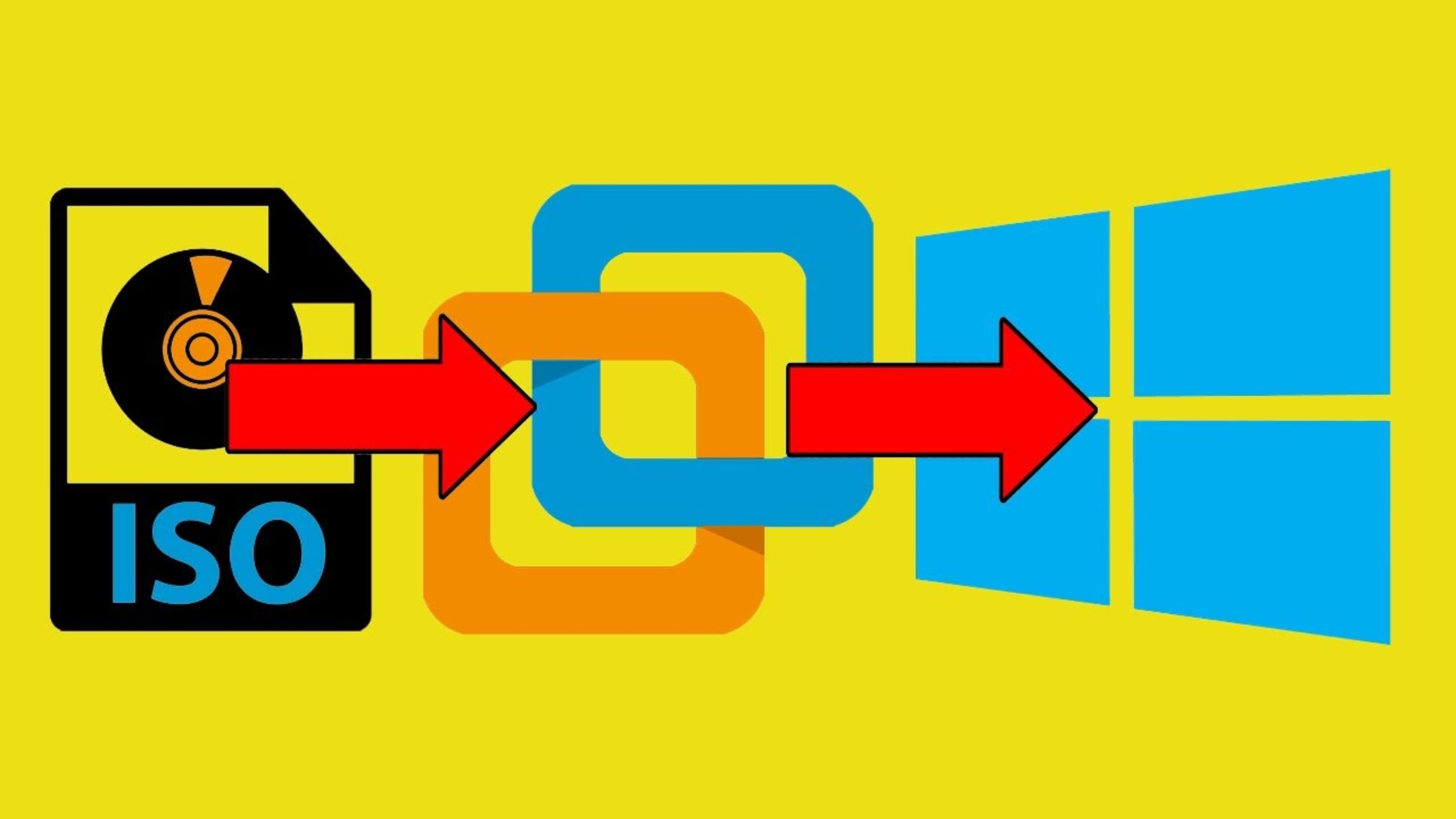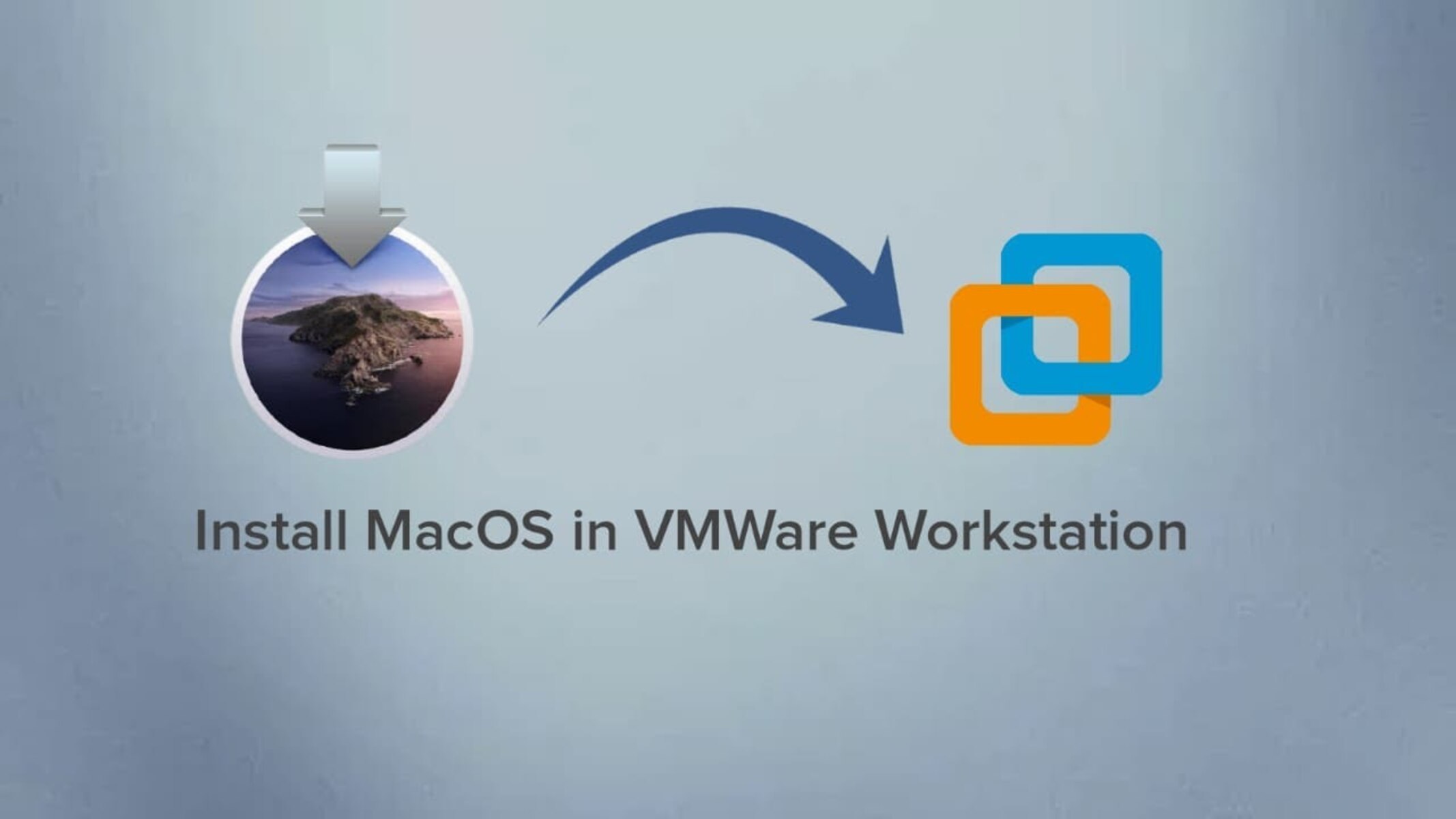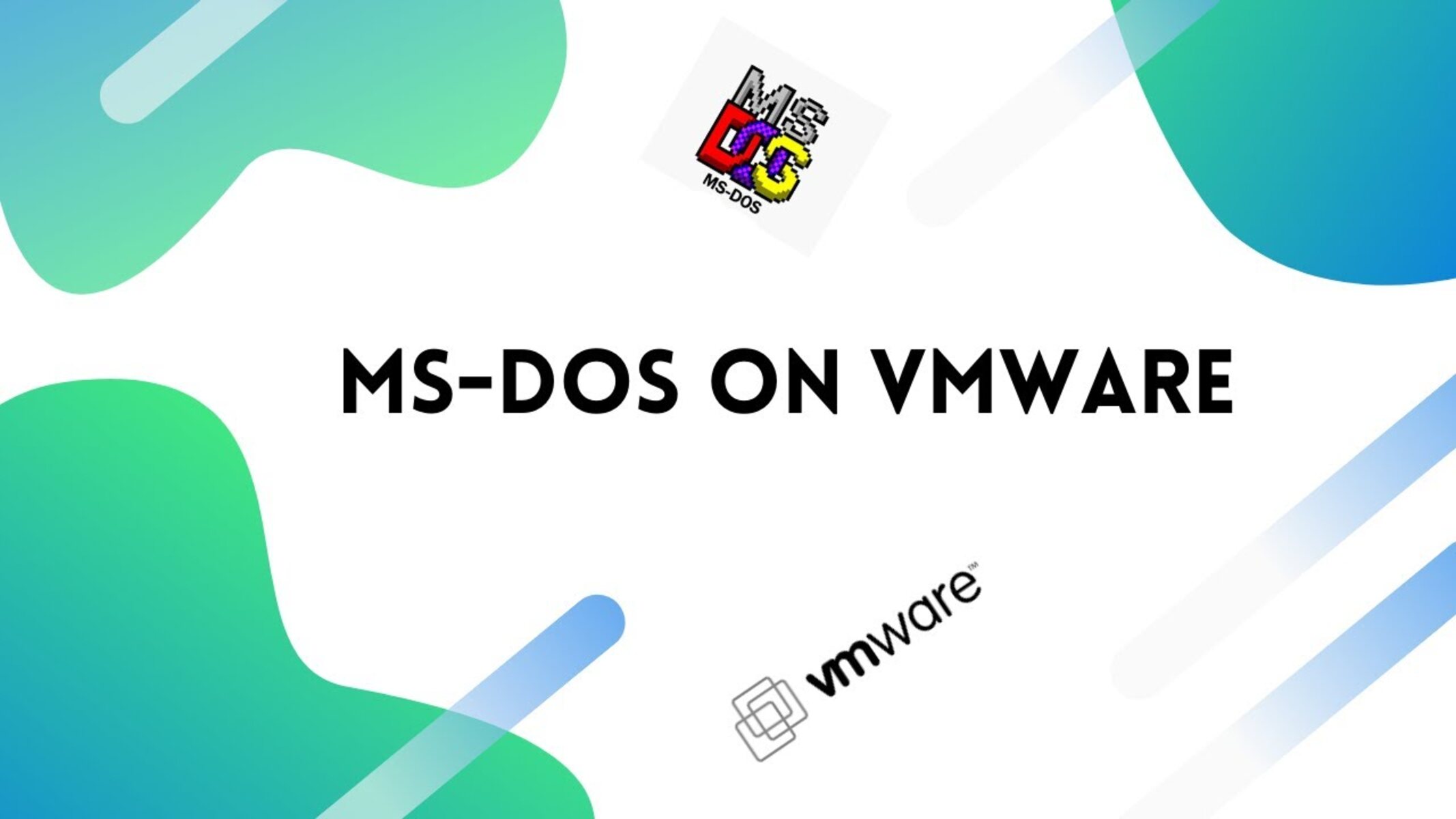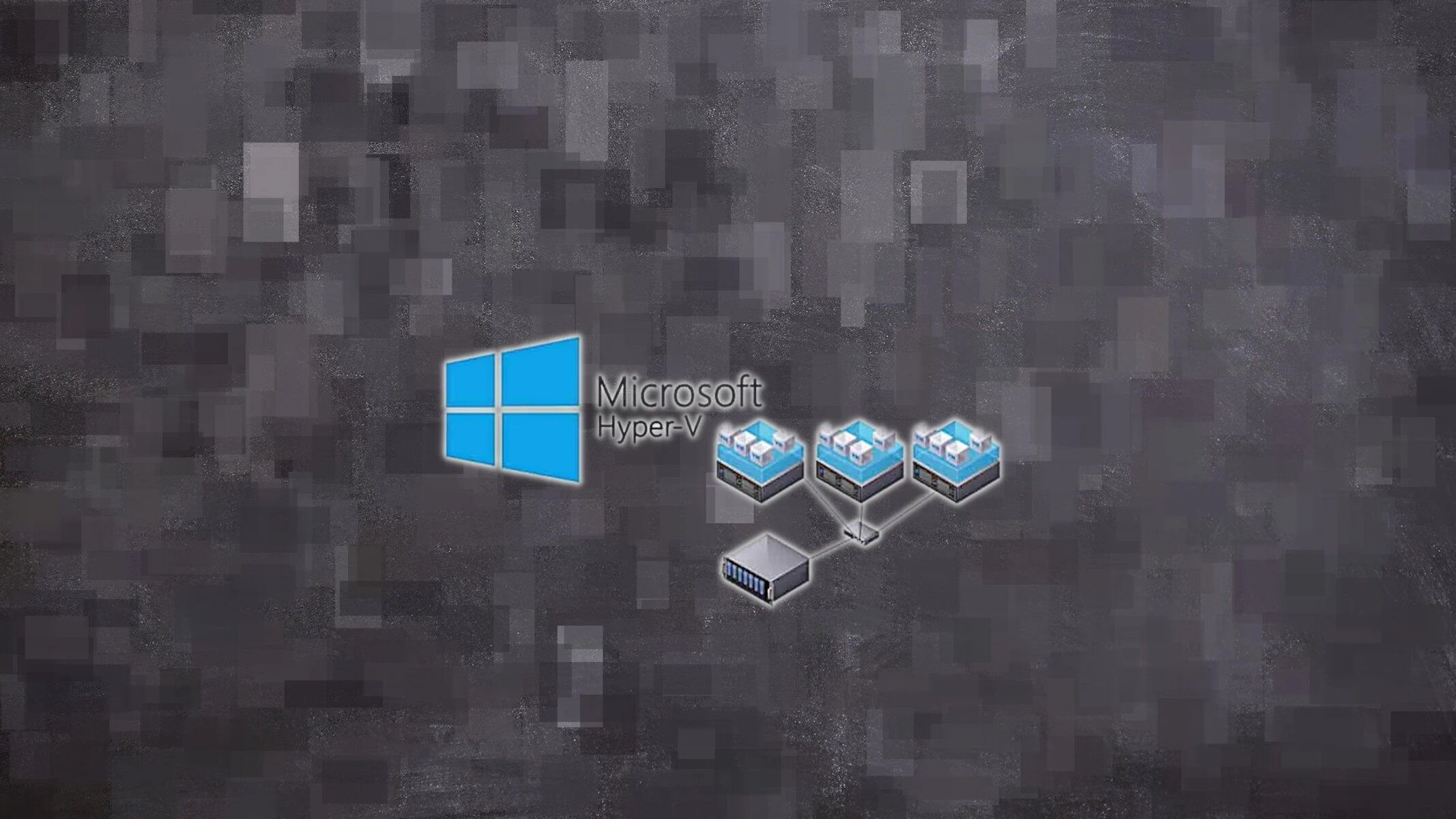Introduction
Welcome to the world of virtual machines and VMware Workstation! In this article, we will explore the fascinating process of booting from a CD in VMware Workstation and delve into the steps involved in configuring a virtual machine to perform this task. So, whether you are a seasoned IT professional or just starting your journey in the world of virtualization, this guide will provide you with the necessary knowledge to master booting from CD in VMware Workstation.
Before we dive into the details, let’s briefly understand the concept of virtual machines and VMware Workstation. A virtual machine (VM) is a software emulation of a computer system that allows you to run multiple operating systems simultaneously on a single physical machine. It provides a sandboxed environment for testing applications, conducting experiments, or simply running different operating systems without the need for dedicated hardware.
VMware Workstation, developed by VMware Inc., is one of the most popular virtualization platforms available. It offers a range of powerful features and tools that enable users to create and manage virtual machines with ease. With VMware Workstation, you can install various operating systems, configure network settings, and even simulate complex network environments. It’s a versatile tool that caters to the needs of developers, testers, and IT professionals alike.
Now, let’s address the main topic of this article: booting from a CD in VMware Workstation. Booting from a CD refers to the process of starting a computer system by using the boot information stored on a compact disc. This method is commonly used for installing or repairing operating systems, running diagnostics, or booting into specialized rescue environments.
But what about booting from a CD in a virtual machine? Well, VMware Workstation allows you to mimic this process within your virtual environment. By configuring your VM to boot from a CD, you can easily install an operating system, recover a system from a backup, or run custom tools for troubleshooting purposes.
In the next sections, we will guide you through the steps required to prepare VMware Workstation for booting from CD and show you how to configure a virtual machine accordingly. So, let’s get started and uncover the wonders of booting from CD in VMware Workstation!
Understanding Virtual Machines and VMware Workstation
Before we delve into the intricacies of booting from a CD in VMware Workstation, it is important to have a solid understanding of virtual machines and the role VMware Workstation plays in virtualization.
A virtual machine (VM) is a software emulation of a physical computer system. It allows you to run multiple operating systems simultaneously on a single physical machine, making it a valuable tool for various purposes. With virtualization, you can create isolated and self-contained environments, each with its own operating system and applications, without the need for separate physical hardware.
VMware Workstation is a popular virtualization platform that enables users to create, configure, and manage virtual machines. It provides a host operating system that runs on bare metal hardware and allows you to install and run various guest operating systems within it. VMware Workstation offers a user-friendly interface, robust management tools, and a wide range of features specifically designed to enhance the virtualization experience.
With VMware Workstation, you can create virtual machines with different specifications, such as CPU, RAM, and storage allocation, to meet your specific needs. It allows you to easily share resources between host and guest operating systems, enabling seamless integration and efficient utilization of system resources. Furthermore, VMware Workstation provides networking options that allow virtual machines to communicate with each other and with the host system, facilitating the creation of complex network environments for testing or development purposes.
One of the key advantages of VMware Workstation is its ability to take snapshots of virtual machines. Snapshots capture the complete state of a virtual machine at a specific point in time, including the memory, disk, and virtualization settings. This feature is particularly useful for creating backups, testing software configurations, or quickly reverting to a previous state in case of issues.
VMware Workstation also provides powerful tools for cloning and migrating virtual machines. Cloning allows you to create identical copies of existing virtual machines, which can be useful for setting up multiple test environments or deploying new instances quickly. Meanwhile, migration tools make it easy to transfer virtual machines between different host systems, ensuring flexibility and portability.
In summary, virtual machines and VMware Workstation offer a powerful and flexible solution for running multiple operating systems on a single physical machine. Whether you are a developer, tester, or IT professional, virtualization can greatly enhance your productivity and efficiency. Understanding the fundamentals of virtual machines and VMware Workstation is crucial for effectively harnessing this technology to meet your needs.
What is Booting from CD?
Booting from CD is a process that involves starting a computer system using the boot information stored on a compact disc. When a computer is booted from a CD, the system bypasses the usual boot sequence from the hard drive and instead retrieves the necessary operating system or diagnostic tools from the CD.
The bootable CD contains a boot image or file that instructs the computer on how to initiate the operating system on the disc. This boot image typically includes the necessary files for loading the operating system’s kernel, drivers, and other essential components.
Booting from a CD has several applications and advantages. It is commonly used for installing or upgrading operating systems, especially when the existing operating system is corrupted or requires a fresh installation. By booting from a CD, you can perform a clean installation of the operating system without having to boot into the existing system.
Furthermore, booting from CD allows you to run specialized diagnostic tools to troubleshoot hardware or software issues. Many software utility programs, such as antivirus scanners, disk partitioning tools, and data recovery software, are distributed on bootable CDs. These tools can be invaluable in diagnosing and resolving problems that prevent the computer from booting up normally.
Another common use case for booting from CD is when you need to access or recover data from a system that won’t boot. By booting from a live CD or a rescue CD, you can access the file system of the affected system and perform data backups or repairs. This can be particularly useful in situations where the operating system has been compromised by malware or other critical errors.
It is worth noting that with the advancements in technology, booting from CDs is becoming less common. Many modern computers and operating systems now offer alternatives to booting from a CD, such as booting from USB drives or network booting. However, booting from CD remains a reliable and widely-used method, especially in situations where other boot options are not available or practical.
In the upcoming sections, we will explore how to configure a virtual machine in VMware Workstation to boot from a CD, allowing you to utilize the benefits of booting from a CD within your virtual environment.
Why Would You Want to Boot from CD in VMware Workstation?
VMware Workstation provides a wide range of functionalities for virtual machines, including the ability to boot from a CD. But you might wonder, why would you want to boot from a CD in VMware Workstation when you have other options available? Let’s explore some of the scenarios where booting from a CD can be advantageous.
1. Operating System Installation and Recovery: Booting from a CD is often used for installing or upgrading operating systems within a virtual machine. By booting from the installation disc, you can perform a clean installation or upgrade without the need to go through the existing operating system. Additionally, if the virtual machine’s operating system becomes corrupted or encounters issues, booting from a recovery CD allows you to repair or restore the system to a working state.
2. System Diagnostics and Troubleshooting: When troubleshooting issues within a virtual machine, booting from a CD with diagnostic tools can be highly beneficial. It allows you to run specialized tools outside of the operating system, enabling you to diagnose and fix hardware or software problems. Bootable CDs often contain utilities for disk checks, system recovery, system testing, and antivirus scanning, providing a comprehensive toolkit for identifying and resolving issues.
3. Testing and Development: Booting from a CD can also be useful for testing new operating systems or software configurations within a virtual machine. By booting from a trial or live CD, you can evaluate the compatibility and performance of different operating systems or software without making any permanent changes to the virtual machine. This allows you to experiment with different configurations and easily revert back to the previous state once testing is complete.
4. Data Recovery and Migration: In situations where a virtual machine’s operating system is inaccessible or unbootable, booting from a recovery CD allows you to access the file system and recover important data. You can mount the virtual machine’s disk and copy essential files to external storage or transfer them to another virtual machine. This can be crucial in scenarios where the virtual machine needs to be rebuilt or migrated to a different host.
5. Security and Forensics: Booting from a trusted and secure CD can be valuable for conducting security audits, performing forensics analysis, or testing security measures within a virtual machine. By booting from a CD containing security tools or forensic utilities, you can assess the security posture of the virtual machine and identify any vulnerabilities or suspicious activities that may not be visible from within the running operating system.
As you can see, there are various reasons why booting from a CD in VMware Workstation can be advantageous. It provides flexibility, convenience, and access to a wide range of tools and capabilities that can greatly enhance the functionality and usefulness of your virtual machines.
In the next section, we will focus on preparing VMware Workstation for booting from a CD and guide you through the necessary configuration steps.
Preparing VMware Workstation for Booting from CD
Before you can boot from a CD in VMware Workstation, there are a few preparations you need to make to ensure a smooth and successful process. Let’s walk through the necessary steps to prepare VMware Workstation for booting from a CD.
1. Check Virtual Machine Settings: Open VMware Workstation and navigate to the virtual machine you want to configure for booting from a CD. Ensure that the virtual machine is powered off, and then go to the virtual machine’s settings. Under the “Hardware” tab, verify that a “CD/DVD Drive” is present in the list of devices. If not, click “Add” and select “CD/DVD Drive” to add the drive to the virtual machine.
2. Connect a Bootable CD/DVD: If you haven’t already, insert the bootable CD or DVD into your computer’s physical disc drive. Next, in the virtual machine settings, make sure that the “Use physical drive” option is selected for the CD/DVD drive. This allows the virtual machine to access the physical disc drive of the host computer. If you have an ISO image of the bootable CD, you can select the “Use ISO image file” option and browse to the location of the ISO file on your computer.
3. Set Boot Order: The boot order determines the sequence in which the virtual machine looks for a bootable device. By default, the virtual machine is set to boot from the hard drive. To change the boot order, go to the virtual machine settings and navigate to the “Boot Options” section. Here, you can rearrange the boot devices by dragging and dropping them in the desired order. Ensure that the “CD/DVD Drive” is placed before the hard drive in the boot order.
4. Save Settings and Power On: Once you have made the necessary configurations, click “OK” to save the virtual machine settings. You are now ready to boot from the CD. Power on the virtual machine, and VMware Workstation will check for a bootable CD in the CD/DVD drive according to the specified boot order.
Note: In some cases, you may encounter issues booting from a CD if the virtual machine’s Secure Boot feature is enabled. To resolve this, you can disable Secure Boot in the virtual machine’s settings under the “Options” tab.
With VMware Workstation now prepared to boot from a CD, you can take advantage of the various applications and benefits that come with this capability. Whether you need to install or recover an operating system, perform system diagnostics, or conduct security testing, booting from a CD opens up a world of possibilities within your virtual environment.
In the upcoming section, we will guide you through the process of configuring a virtual machine in VMware Workstation to boot from a CD, providing you with step-by-step instructions to ensure a successful booting experience.
How to Configure a Virtual Machine to Boot from CD in VMware Workstation
Configuring a virtual machine in VMware Workstation to boot from a CD is a straightforward process. Follow these step-by-step instructions to ensure that your virtual machine is set up correctly for booting from a CD.
Step 1: Launch VMware Workstation and select the virtual machine you want to configure. Ensure that the virtual machine is powered off before making any changes.
Step 2: Go to the virtual machine’s settings by clicking on “Edit virtual machine settings” or by navigating to “Virtual Machine” in the menu bar and selecting “Settings”.
Step 3: In the virtual machine settings window, click on the “Hardware” tab. Verify that a “CD/DVD Drive” is listed under the “Device” section. If not, click on “Add” and select “CD/DVD Drive”.
Step 4: To insert the bootable CD or DVD, make sure that the “Use physical drive” option is selected under “Device status”. This allows the virtual machine to access the physical disc drive of the host computer. Alternatively, if you have an ISO image of the bootable CD, select the “Use ISO image file” option and browse to the location of the ISO file on your computer.
Step 5: Next, navigate to the “Boot Options” section in the virtual machine settings. Here, you will see a list of boot devices. Drag the “CD/DVD Drive” entry to the top of the list to ensure that the virtual machine attempts to boot from the CD before any other devices.
Step 6: Save the virtual machine settings by clicking “OK”.
Step 7: Power on the virtual machine to initiate the boot process. VMware Workstation will check for a bootable CD in the CD/DVD drive according to the specified boot order.
If the virtual machine boots successfully from the CD, you will see the installation or recovery options provided by the bootable CD. Follow the on-screen instructions to proceed with the desired operation. If there are any issues, ensure that the bootable CD is properly inserted and has been recognized by VMware Workstation. If necessary, check the boot order settings again to confirm that the CD/DVD Drive is set as the primary boot device.
Remember to remove the bootable CD from the virtual machine’s CD/DVD drive after completing the task to prevent the virtual machine from repeatedly booting from the CD.
Congratulations! You have now successfully configured a virtual machine in VMware Workstation to boot from a CD. Utilize this capability to install or recover operating systems, perform diagnostics and troubleshooting, or conduct various other tasks within your virtual environment.

























